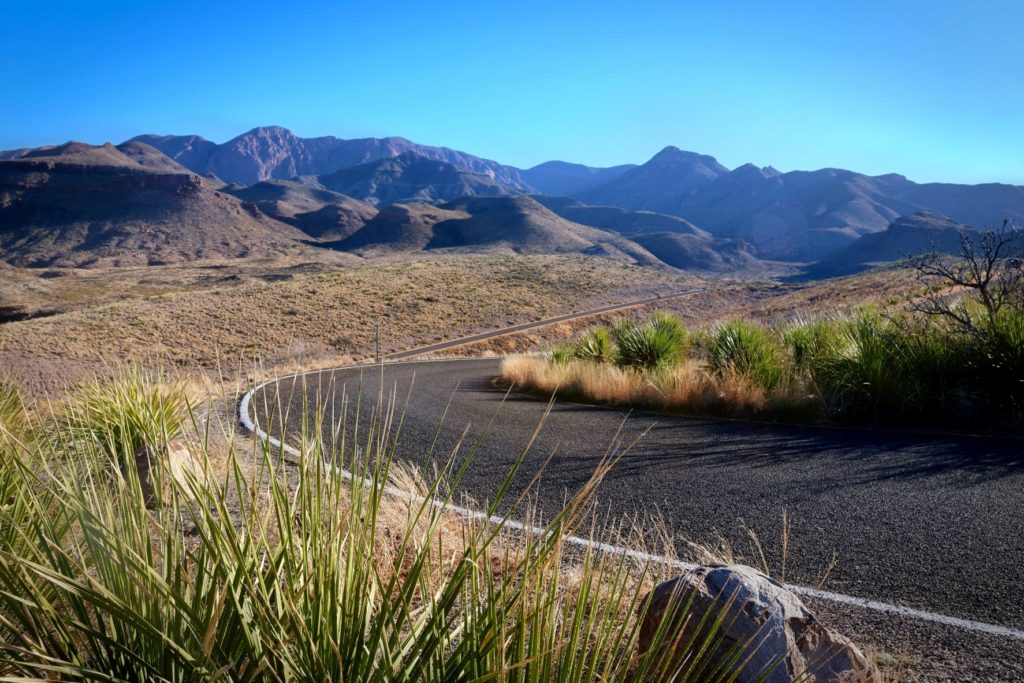Big Bend National Park has been on our list of places to go for years, but because of its remote location in south-western Texas, we never made it until now. Once we knew that we were going to be on the road for an extended period of time and wanted to be in the southwest for the winter, reservations at Big Bend were the very first ones we made. We opted to stay in the Rio Grande Village Campground and had a really nice, large, level spot at the very end of one of the rows. National Park campgrounds aren’t known for their privacy, and this one is no exception, but it was quiet and we always prefer to stay in the parks when we can so we are closer to all the sights and activities. This one had a nature trail that left right from the campground that was a great spot to catch the sunset, and it was within a short drive of all the hikes, sights, and activities in in Rio Grande area of the park. We would definitely stay there again. The Chisos Basin campground also looked really nice, but our trailer is too big for the road getting to that one. That is one of the trade-offs for having a little more space, but we won’t get into that here. That is a whole different blog post.
Big Bend is designated as an International Dark Sky Park and is said to have the darkest skies of any national park in the lower 48 states. We can believe it. The amount of stars you can see on a clear night (and every night we were there was clear) is astounding. It also helped that we were there during a new moon, so there was no moonlight to drown out the light of the stars. The first night we walked outside and looked up, we were amazed at the depth of the stars we could see and enjoyed viewing the Milky Way, as well. We wish we had some photos to show, but we are still learning about night sky photography and weren’t able to capture that perfect photo we were hoping for. We will keep trying!
Big Bend has three distinctive areas of the park that are all very different from one other and are a long way from one another. It is an enormous park and you have to be prepared to drive for quite a while to get from one area to another. The three areas are The Chisos Basin, The Rio Grande area, and The Ross Maxwell Scenic Drive.
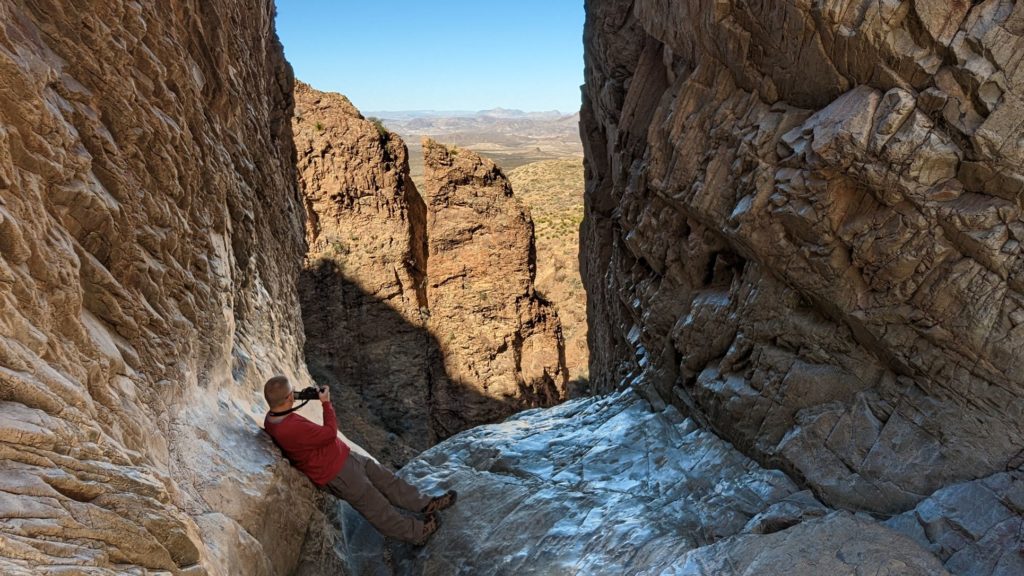
The Chisos Basin area, which is in the Chisos Mountains, is very mountainous with more of a woodland feel than the rest of the park. This area has many hiking trails, the most famous of which is The Window. We hiked this trail and it was a great kick-off to our time in Big Bend. The hike takes you through a canyon that contains a seasonal stream and ends at the top of a pour-off, which is a seasonal waterfall. The stream was not flowing when we were there, so we were able to follow the trail all the way to the top of the pour-off and enjoy the steep cliffs that frame it and the rocks worn smooth by the flowing water. The most interesting part of the hike was the last few hundred feet before the pour-off when it got rocky and required a little light scrambling. If you do this hike, be sure to go to The Window View Trail upon your return to the Visitor Center area so you can see from a distance where you just were.
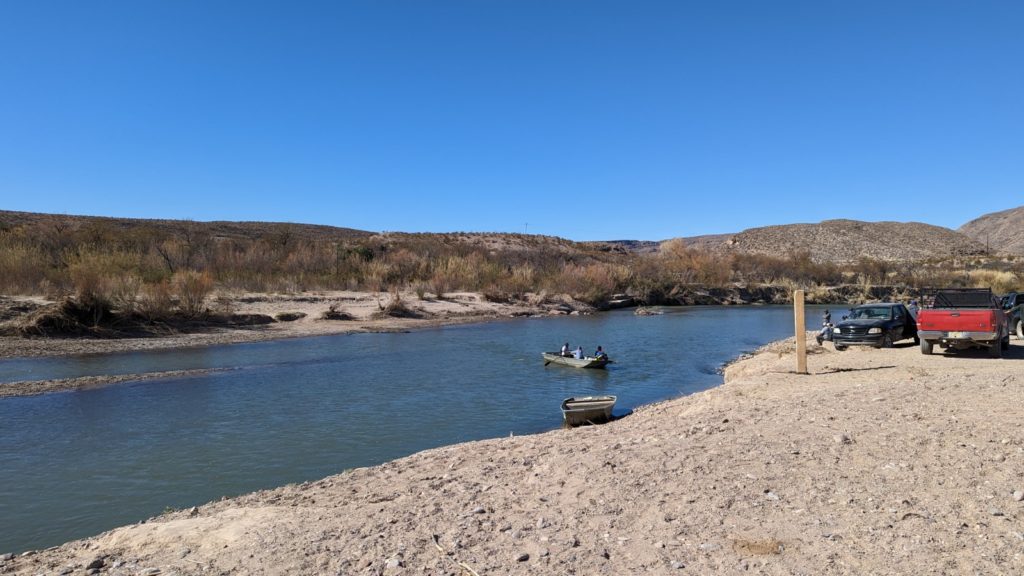
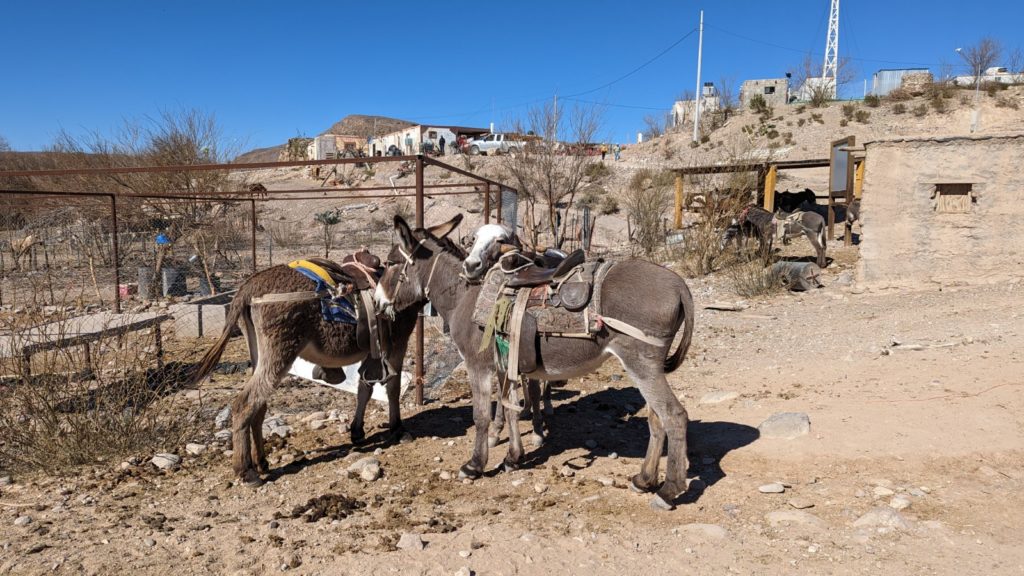
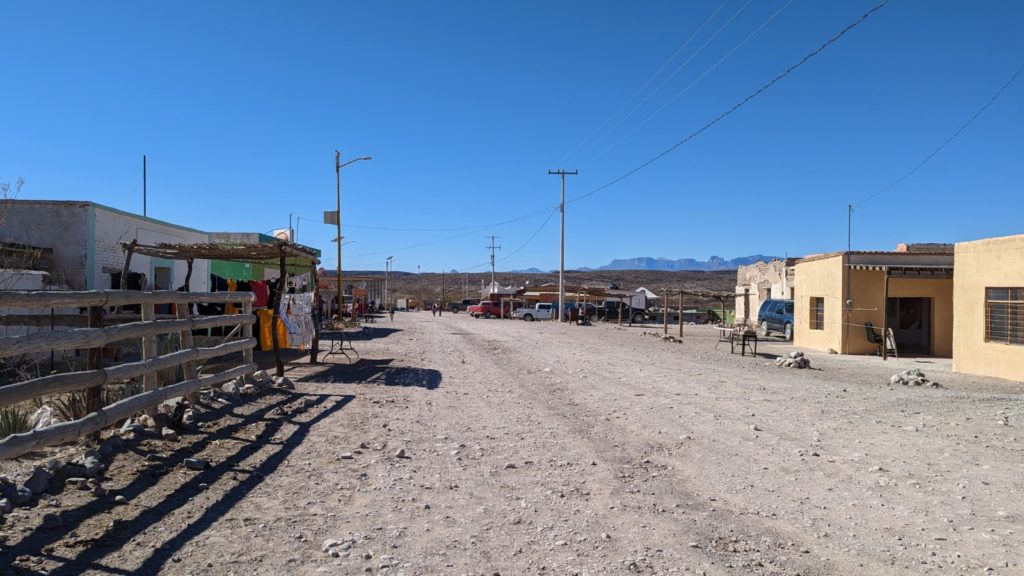
The Rio Grande area is, of course, near the river and has a desert setting. This is also where the border crossing to Boquillas del Carmen, Coahuila, Mexico is. We had lots of fun adventures in this area, including a soak in the historic hot springs, a hike to Boquillas Canyon, and our visit into Boquillas del Carmen. Where else can you enter another country on a rowboat? That experience in itself, was so unique for us, but when you add in the delicious meal we had at Boquillas Restaurant, seeing all the livestock and burros, and getting a glimpse of how different things can be just by crossing a river, it was one of the highlights of our visit to the area.
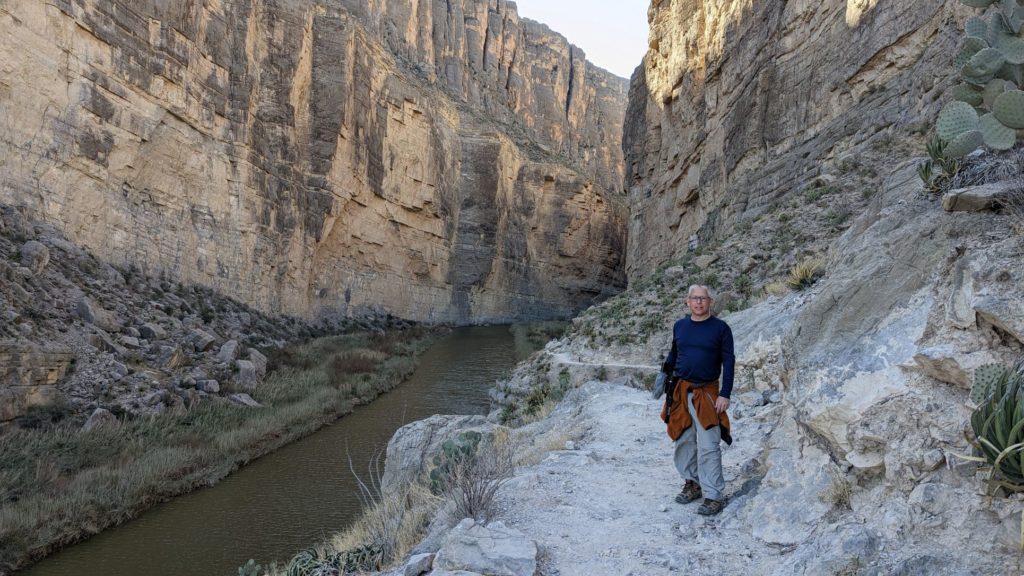
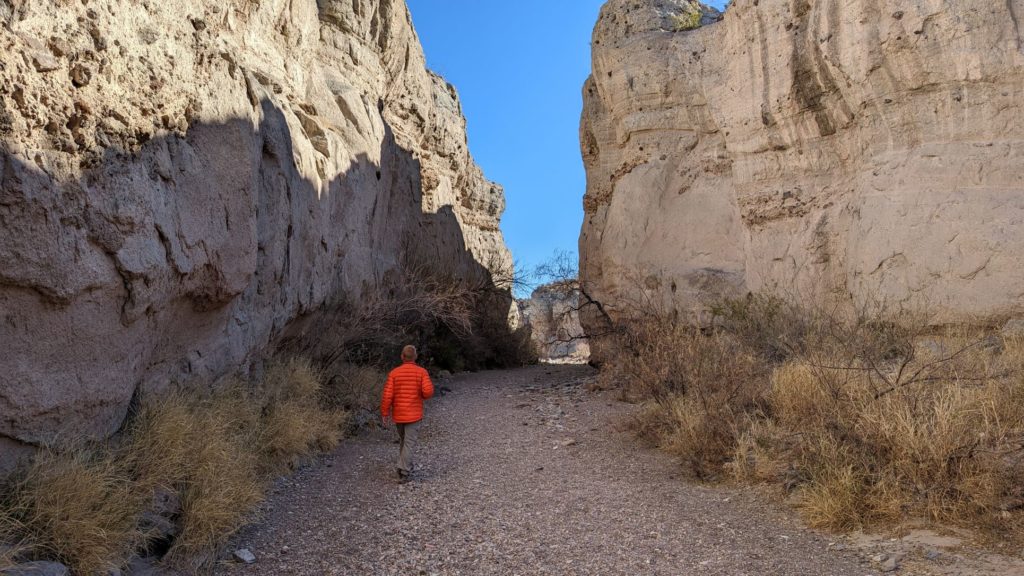

Finally, the Ross Maxwell Scenic Drive’s crown jewel is the Santa Elena canyon, but we also enjoyed the hike into Tuff Canyon and a stop in historic Castolon. Tuff Canyon was the hidden gem of our visit. Not that it is necessarily hidden, but we hadn’t heard much talk about it before, and other than a stop on the map, it hadn’t been on our radar until we got there. We were able to hike down into the canyon, walk for quite a distance, and even do some rock scrambling. If you go, don’t stick to the overlooks from the road pullout. Definitely follow the trail on around and get down into the canyon. It is a totally different experience than looking at it from the top. And, of course, the Santa Elena Canyon isn’t to be missed. We almost ended our hike before it started because you have to cross a creek to get to the trail and it didn’t look passable, but by continuing down the creek bank a little way we found a spot to cross. The hike up the hill from there was a little sketchy. It was steep and made of loose dirt, but with the right footwear it was doable. Please don’t try it (or most any other hike) in flip-flops! Hiking along the Rio Grande and looking across to the steep canyon walls of Mexico was an experience we won’t forget.
Big Bend National Park was a much anticipated stop on our journey and it did not disappoint. We found ourselves sad to leave and wishing for more time, but that just means we left things to do on our next visit!
If you want to see more about our adventures in Big Bend, head over to our YouTube channel. We have four videos in our Big Bend National Park series!
Until next time!

